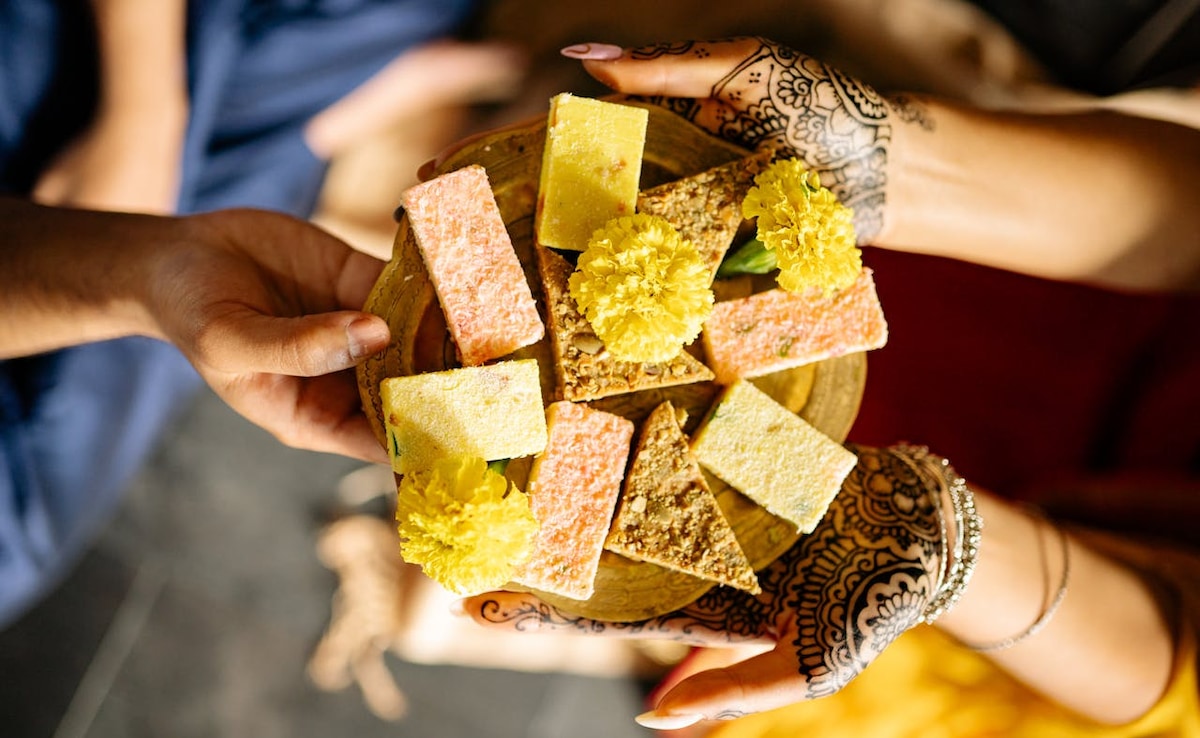
Diwali is a season of light, joy, and indulgence. Across India, the festival of lights sparks a gifting frenzy, with homes exchanging boxes of sweets, dry fruits, chocolates and savoury snacks. But behind the glittery packaging and rich aromas lies an underappreciated risks of food contamination, adulteration and spoilage. Every year, food regulators and state authorities seize adulterated or unsafe food items ahead of Diwali. From artificial colours in sweets to substandard paneer, ghee and milk solids, and even non-food-grade boxes leaching harmful chemicals, the festive season becomes a testing ground for food safety vigilance.
According to the Food Safety and Standards Authority of India (FSSAI), foodborne illnesses spike during the festival months, largely due to poor hygiene and improper storage during large-scale sweet production.
To understand how consumers can make healthier, safer choices this Diwali, we spoke to Manish Jain, Founder and Managing Director of Cilicant Pvt. Ltd., a company specialising in food safety and packaging technology. In this conversation, he breaks down the biggest festive food safety mistakes, the role of smart packaging, and the simple checks every household should make before gifting or eating festive treats.
Common Festive Food Safety Mistakes
"Exchanging sweets, dry fruits and snacks is a cherished tradition during festive seasons. Some common mistakes while gifting food items include using non-food grade packaging, overlooking expiry dates, storing edible items in warm or humid conditions and improper handling like touching food without gloves while packaging," says Manish Jain.
He warns that these "seemingly small oversights can compromise product safety and product quality," especially in tier II and tier III cities where awareness may be lower.
Contamination risks rise when hygiene standards aren't followed during mass production, transportation, or gifting. Exposure to humidity or oxygen accelerates rancidity, especially in foods made with ghee, nuts, or milk solids.
How To Identify Safe And Genuine Products
Jain advises consumers to always read labels carefully before purchasing or gifting any packaged food item. "Consumers should look for FSSAI logo and license number to ensure compliance. Check the expiry dates, storage instructions and ingredients list carefully to make sure that the product is free from non-permitted additives," he explains.
He adds that food-grade packaging is crucial: "Consumers can identify this by checking the material label. The triangular recycling symbol with a number in it helps identify the type of plastic used and whether it is recyclable or not. Batch numbers and helpline information also helps with traceability of the product to the source if required."
If the product looks suspiciously glossy, smells artificial, or feels greasy, it may have been made with non-dairy fat substitutes or adulterated ghee, a common issue during high-demand festive production.
Storage And Transport: Keeping Sweets Fresh And Safe
"Sweets that contain ghee, milk or nuts have natural fats in them. One of the biggest challenges with packaged sweets that are higher in fat content is that these fats tend to oxidize when they react with environmental oxygen and over time turn rancid. This affects not just the taste and aroma but also shortens the shelf life of the product. So, managing its oxygen exposure becomes critical," explains Jain.
At Cilicant, he says, "we recommend using oxygen absorbers within sealed sweet and dry fruit packaging. These small sachets of oxygen scavengers, when placed within the container containing sweets or nuts, remove the residual oxygen inside the pack and prevents oxidation. This way, the product can be kept fresh for longer on shelf without any preservatives."
For consumers, this means avoiding loosely packed or open sweets and preferring vacuum-sealed or airtight containers, especially during transport in warm weather.
Why Packaging Matters More Than Presentation
According to Jain, "Packaging plays a very important role in food safety and keeping them fresh. The right packaging can control the internal environment, protecting the food from moisture, oxygen and microbial exposure and reduce spoilage."
He highlights that modern vacuum-sealed and nitrogen-flushed packs are effective in preserving texture and flavour. "They work even better when paired with active packaging like oxygen scavengers and desiccants which help in extending the shelf life of the product without the use of preservatives. We believe packaging is not just about storage and presentation but the key player to keep the food items fresh, hygienic and helps build the consumer trust."
Homemade Gifts: Hygiene Starts At Home
For those preparing traditional sweets and savouries at home, Jain's advice is clear: "For homemade sweets and snacks, hygiene and handling practices make all the difference. Food should be prepared in a clean, dry space using sanitized utensils. Using airtight, food-grade containers is advisable. Avoid using decorative or metallic wrappers that are not meant for direct food contact."
He notes that even small lapses, like wrapping warm laddoos in foil, or using recycled boxes, can cause bacterial growth or chemical leaching.

Photo Credit: Pexels
Shelf Life And Smart Preservation Tips
"Shelf life of any product depends on its ingredients and the packaging used. The role of packaging is not just to contain the product, but also to keep it fresh, its texture and flavour intact throughout its shelf life," says Jain.
He explains that oxygen and moisture are the main culprits behind spoilage: "By adding an oxygen scavenger in the sweets packaging, this can be taken care of. Snacks like namkeen, cookies and biscuits need protection from moisture. Using desiccant and scavengers to control moisture and oxygen in snacks and sweets is a great way to increase the shelf life of the product without using any preservatives."
Beware The Hidden Hazards In Decorative Packaging
"A common safety concern often overlooked during any festive season is the use of decorative, non-food grade boxes or foils. Many of these materials are often not certified for direct food contact and can leach harmful substances in humid conditions. It is important that manufacturers and consumers verify that the containers are food safe," Jain cautions.
During Diwali, metal-coated boxes, glittery paper, and non-food plastic containers are often used to make gifts more attractive, but these may contain chemical dyes or metallic residues that contaminate food, especially in humid climates.
Food Safety And Packaging: A Future Beyond Diwali
The food industry is adapting to consumer demand for healthier, preservative-free products. "The food habits of the consumers are becoming healthier. Consumers are also paying more attention to the ingredients and are preferring preservative free products. This is leading the food manufacturing and packaging industry to focus more on using better ingredients, cleaner packaging and opt for preservatives free approach to enhance shelf life," says Jain.
He adds, "FSSAI encourages greater transparency around packaging materials, batch traceability and food grade certifications. For us, the biggest focus is towards helping brands increase their product's shelf life without the use of preservatives through our oxygen absorbers and desiccants. And this aligns well with the current global trends and consumer preference of clean-label, sustainable food packaging."
Diwali may be a festival of sweetness, but food safety should never take a back seat. Whether you're buying branded sweets, gifting dry fruits, or preparing homemade delicacies, awareness of hygiene, packaging and labelling can go a long way. From checking FSSAI marks to avoiding metallic gift boxes, every small step ensures that festive cheer doesn't turn into a health scare. As Jain puts it, good packaging isn't just about looks, it's about trust and safety. This Diwali, let's make gifting not only joyful but also genuinely safe.
Disclaimer: This content including advice provides generic information only. It is in no way a substitute for a qualified medical opinion. Always consult a specialist or your own doctor for more information. NDTV does not claim responsibility for this information.
Track Latest News Live on NDTV.com and get news updates from India and around the world

